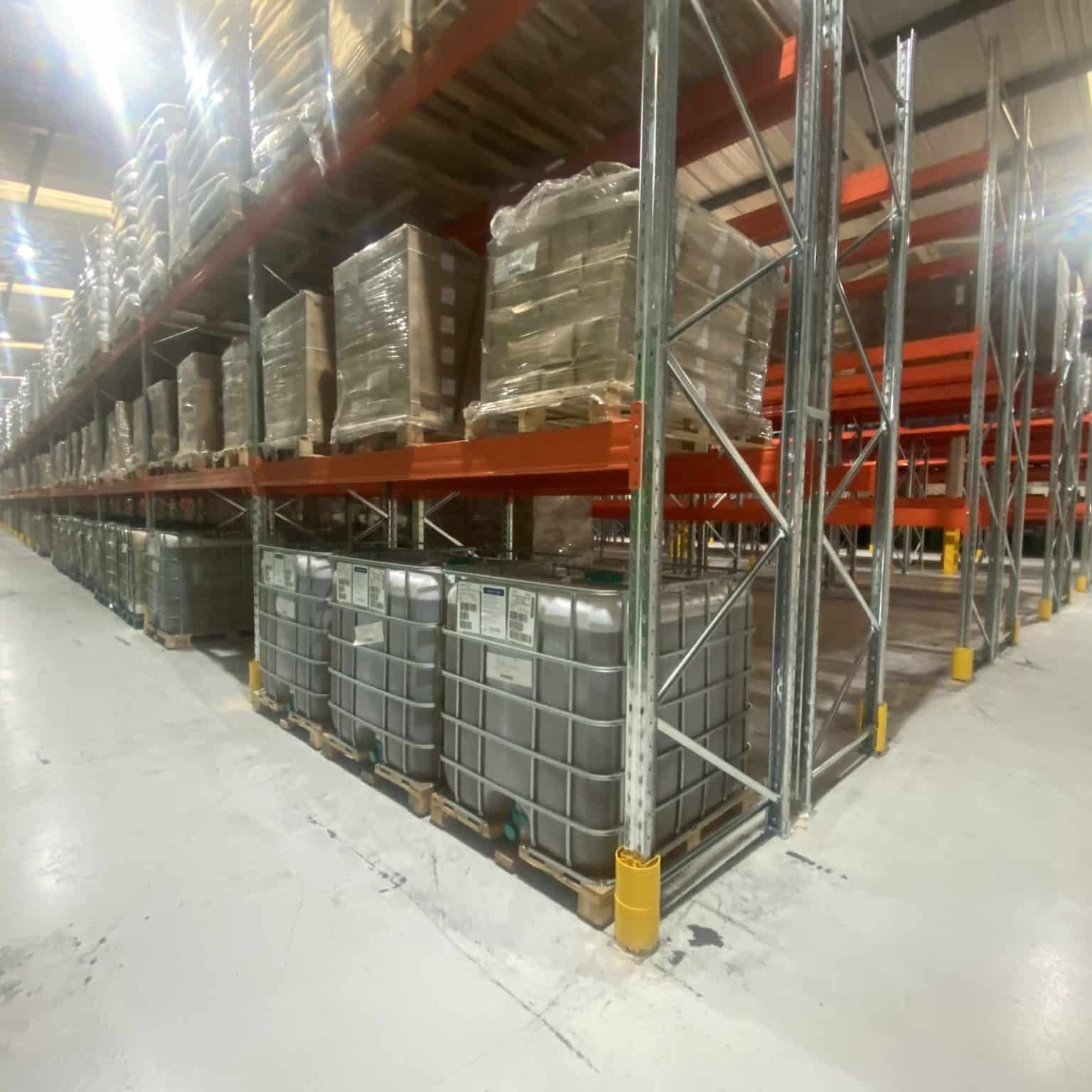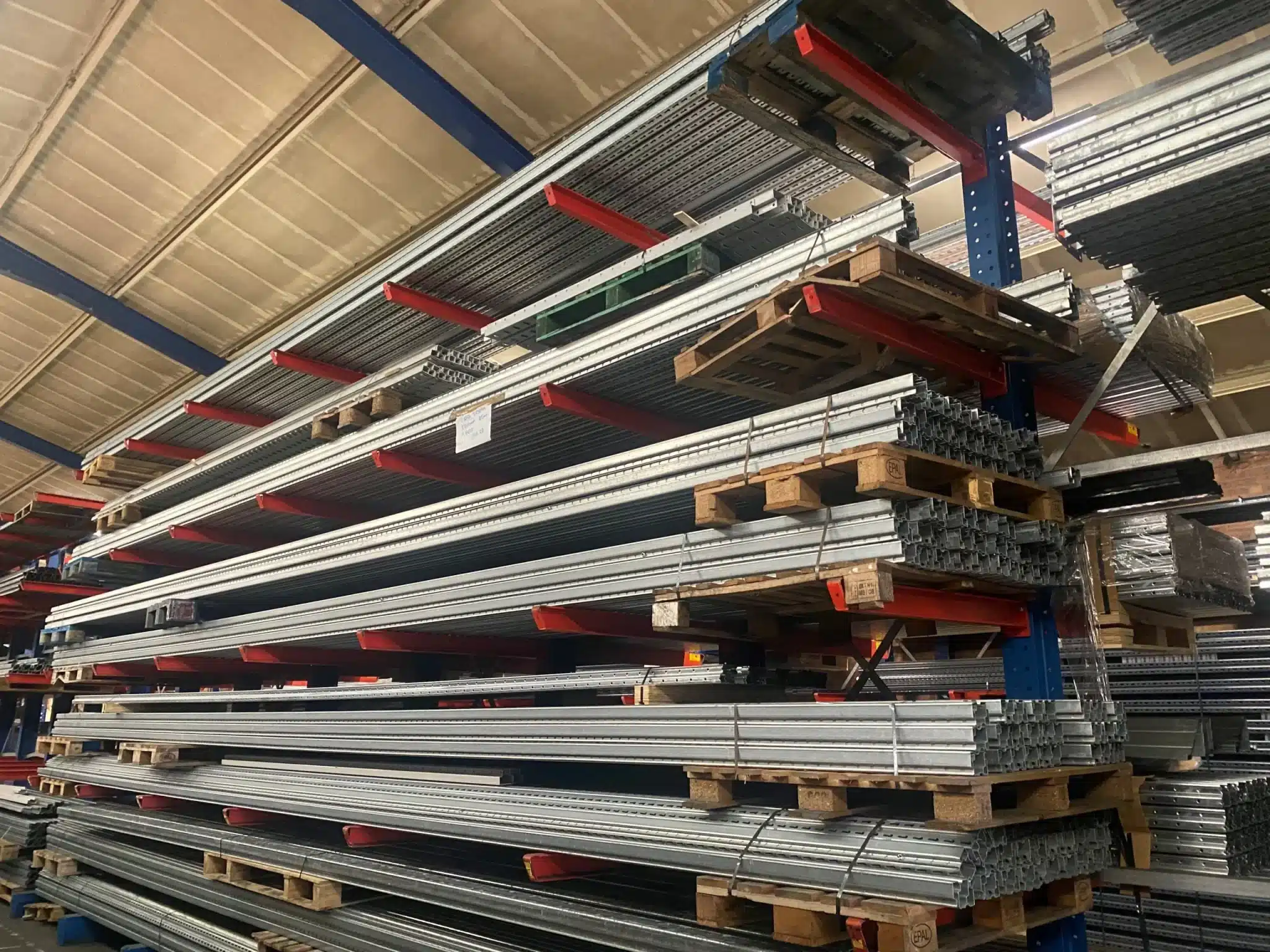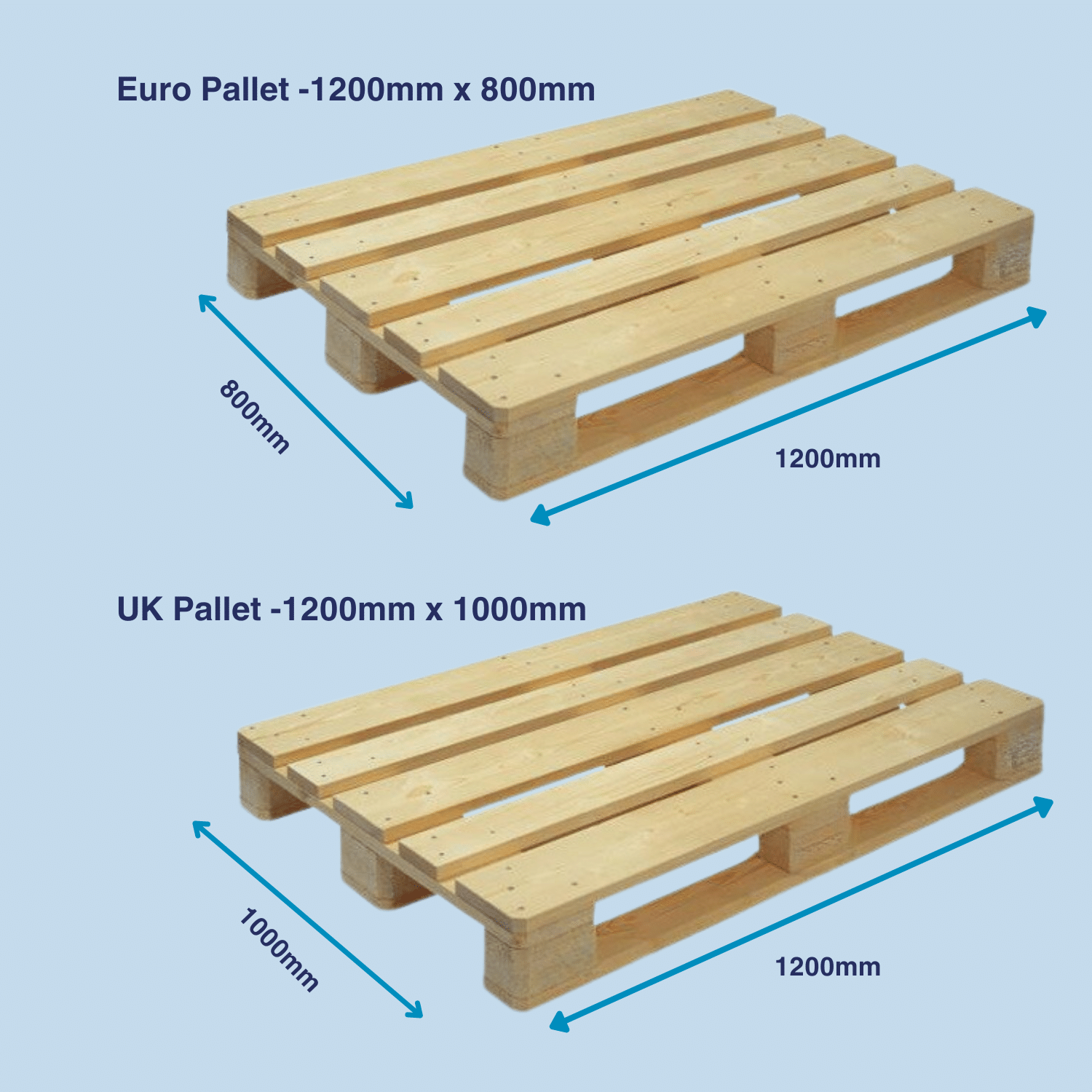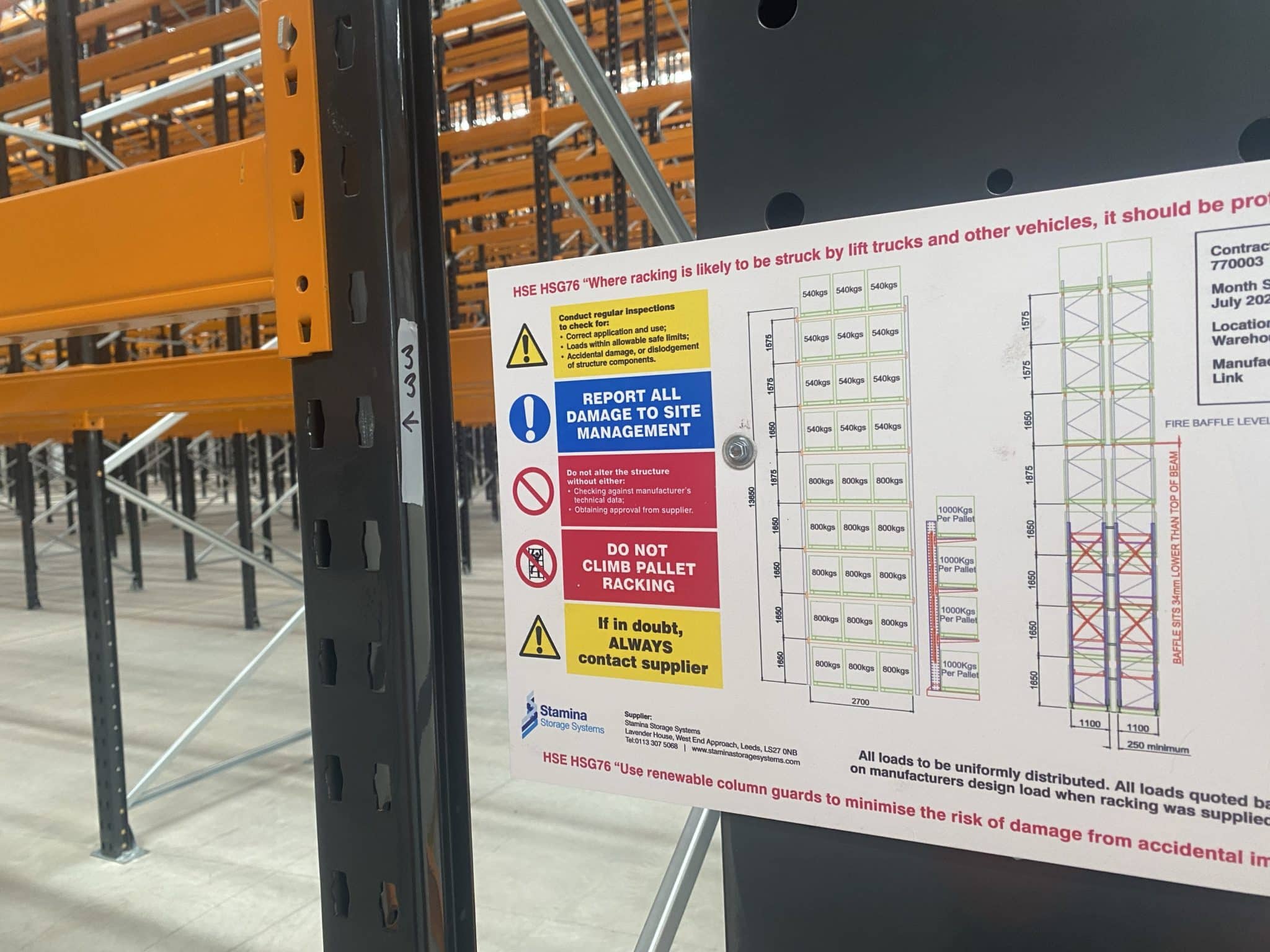Understanding the weight capacity of your pallet racking system is crucial for ensuring the safety and efficiency of your warehouse operations. Overloading the system can lead to structural failure, accidents, and costly damages, so it's important to know the load limits and distribute weight evenly across the racking. In this article we will explain in detail the weight capacities of various pallet racking systems.
The weight capacity of a pallet racking system is its ability to support and safely hold the weight of the goods stored on its shelves. Overlooking this crucial factor can lead to safety hazards, structural failures, and operational inefficiencies. It’s essential to accurately assess the weight of your stored goods and choose a pallet racking system that can handle the load.
The amount of weight that a pallet racking system can hold will vary depending on the type of system, and the manufacture and we will always advise to check the pallet racking you use is suitable for the good you store, especially if the goods have changed. Below we have given some guidance on the different pallet racking types and their weight capacities:
Types of Pallet Racking and Their Weight Capacities:
Adjustable Pallet Racking
Adjustable pallet racking is the most common type of pallet racking, allowing direct access to each pallet. Weight capacities can vary but generally range from 500kgs to 2000 kgs per pallet position. Ensure to check manufacturer specifications for precise details
Double-Deep Pallet Racking:
Ideal for high-density storage, double-deep racking systems have weight capacities similar to the adjustable pallet racking system, so range from 500kg to 2000kgs . However, it’s crucial to consider the accessibility constraints, as pallets are stored two-deep, making rear pallets less accessible. Also there is a weight reduction on rear pallets due to the truck operation.
Drive-In Racking:
Designed for high-density storage, drive-in systems can handle substantial weight. Capacities typically range from 500kgs to 2000kgs per pallet position. Consider the trade-off between storage density and selectivity.
Push Back Pallet Racking:
With a Last-In-First-Out (LIFO) inventory management system, push back racking can handle weights ranging from 500kgs to 2000kgs per pallet position. It’s essential to consider the dynamic nature of this system when assessing weight capacities.
Cantilever Racking:
Commonly used for storing long and bulky items like pipes and timber, cantilever racking is generally designed around the goods stored and is therefore not as restricted on weight capacities as per the other options. The overall capacity depends on the length and thickness of the stored items.

What we will need to calculate the weight capacity of a pallet racking system.
What type of pallet racking you are using:
As we mentioned above, different types of pallet racking system have different weight capacities (e.g. selective pallet racking, drive-in racking, push back racking, etc.) so we will need to know what type you are using or are planning to use.
The manufacturer and model of pallet racking
As well as type of racking, we will need to identify the manufacturer and model of your pallet racking system. Different manufacturers may have variations in design and specifications, impacting weight limits. If you don’t know the manufacturer of the racking, just take a photo and we can help you identify the model you have.
Configuration and Dimensions
It is important to provide details about the configuration and dimensions of your pallet racking system. This includes the height, width, and depth of the racks, as well as the number of levels or beams – we can give you guidance on how to measure your pallet racking system.
Material and Construction
Note the materials used in the construction of the pallet racking, such as the type of steel, and inquire about the design features that contribute to its load-bearing capacity.
Beam Levels and Spacing:
Specify the number of beam levels in each rack and the spacing between these levels. This information is crucial as it directly impacts the weight distribution across the racking system.
Pallet Size and Weight
Provide details about the size and weight of the pallets you intend to store on the racks. The weight of the individual pallets, along with the quantity, influences the overall load on the system (UK Pallet -1200mm x 1000mm, Euro Pallet -1200mm x 800mm).By providing these specific details, will enable our expert team to calculate and recommend accurate weight limits based on the design and specifications of your system. It’s essential to consult with experts in pallet racking to ensure that your system is configured to safely and efficiently handle the weight requirements of your stored goods.

Two types of pallets

Are there any regulations around weight loads
Load notices on pallet racking help warehouses comply with weight restrictions and other regulations imposed by local authorities. This compliance not only ensures a safe working environment but also prevents potential legal issues.
Whilst there is no specific legislation in place with regards to load notices, the Health & Safety Executive (HSE) states that the limitations indicated in the maximum load notice should never be exceeded.
In addition to this, training and guidance should be provided to staff within the warehouse to ensure they are a clear understanding on what the maximum racking loads are, and why it’s important for them to adhered to.
What information is included on a load notice?
- Manufacturer Information
- Maximum Load Capacity per Beam Level
- Maximum Load Capacity per Bay
- Maximum Pallet Weight
- Load Distribution Information
- Height-to-Depth Ratio
- Safety Warnings
- Date of Manufacture or Installation
- Contact Information for Technical Support
Stamina Storage Systems will supply load notices when installing pallet racking systems providing information on the weight-bearing capacity of each pallet and the load distribution, these notices help prevent overloading, ensuring that the racks can support the intended weight without compromising safety. If you need further support on load requirements for your racking, feel free to contact our team experts, who are on hand to help.

